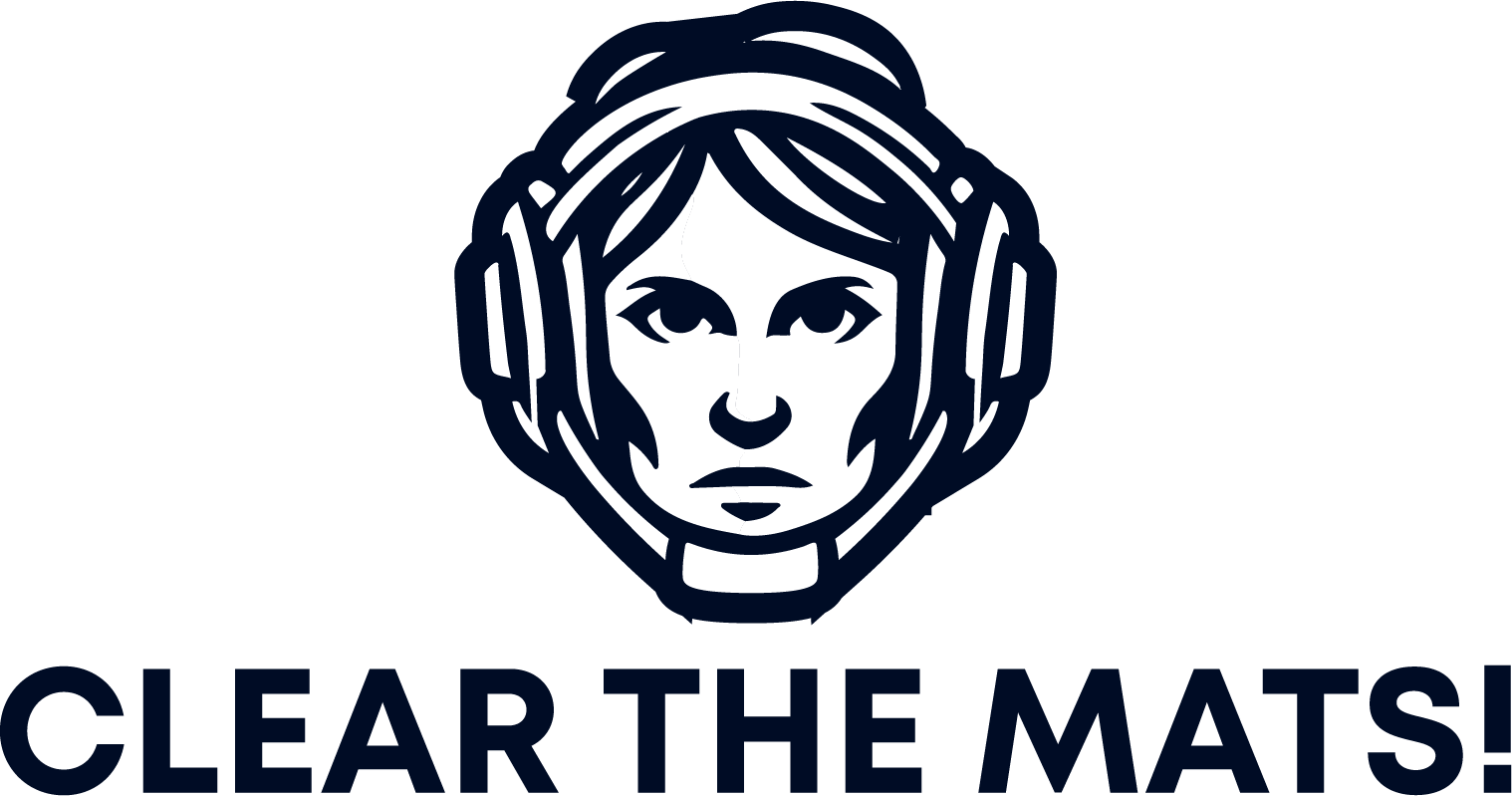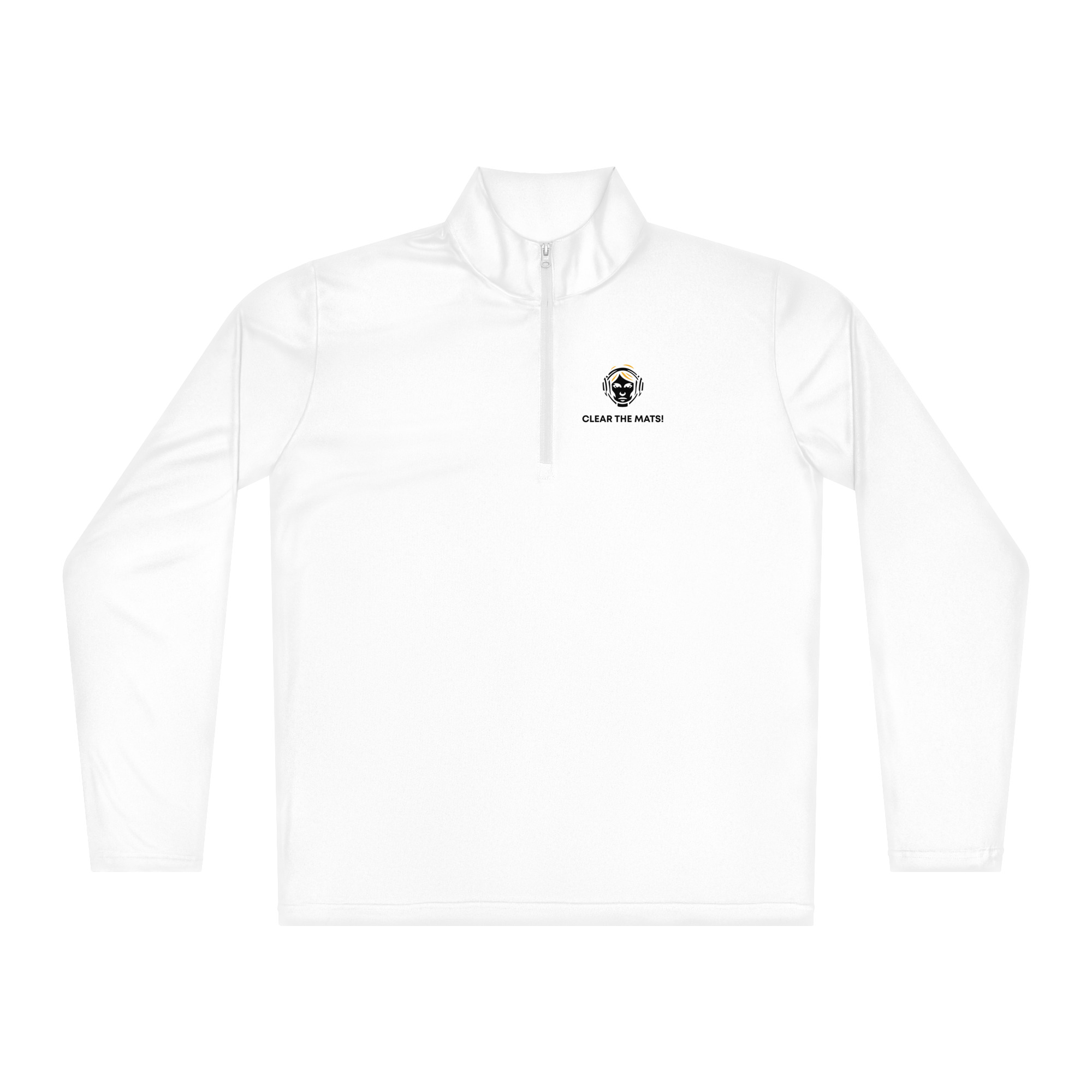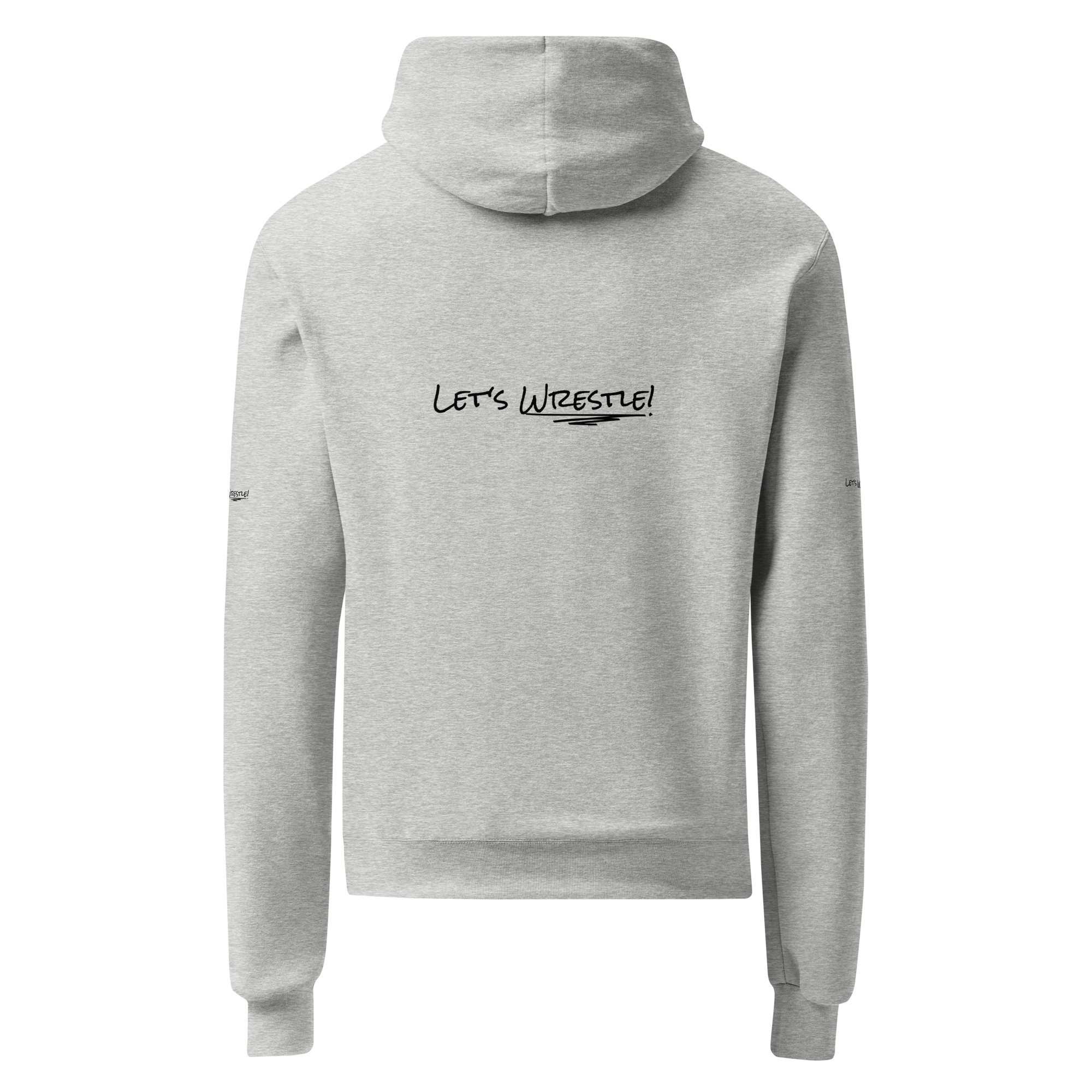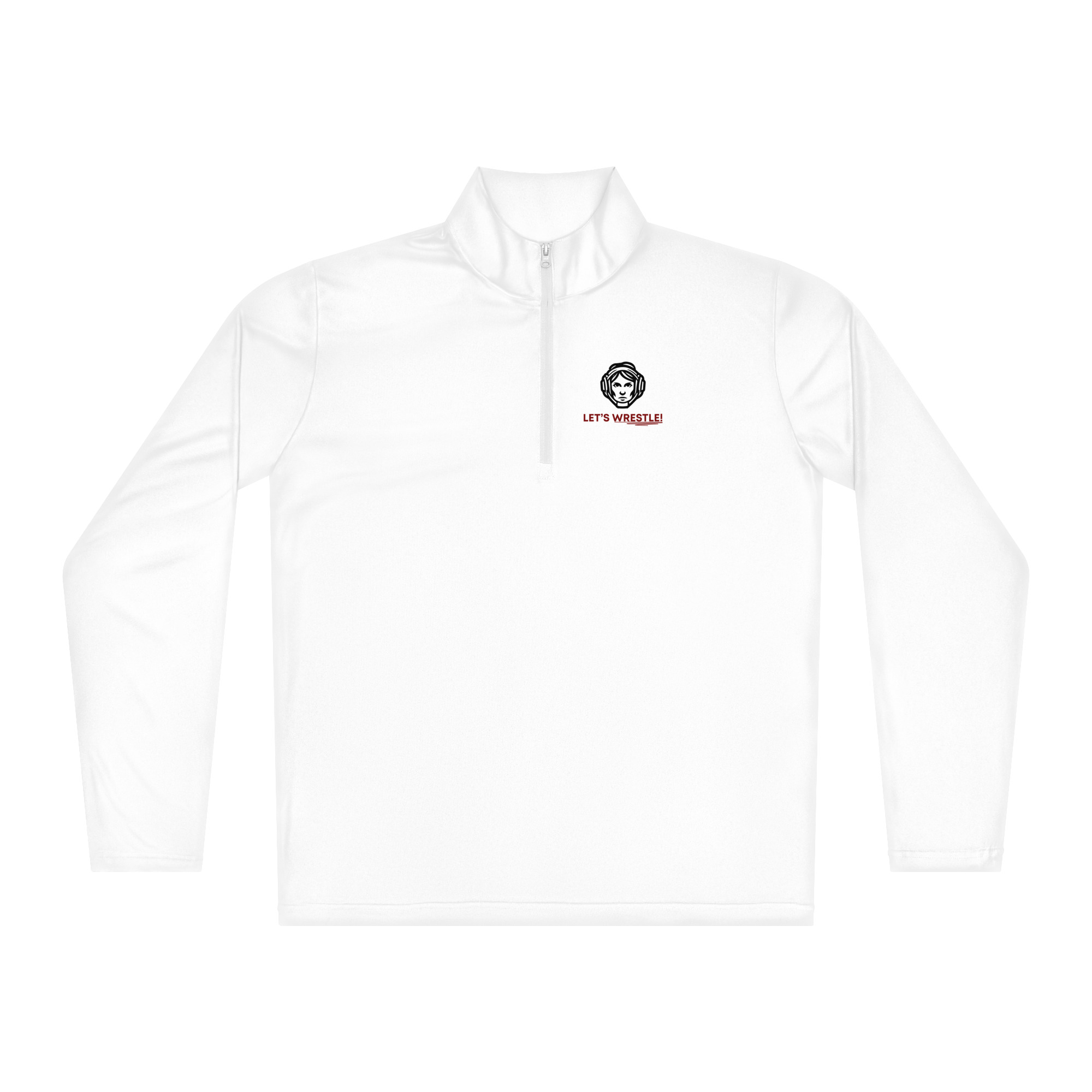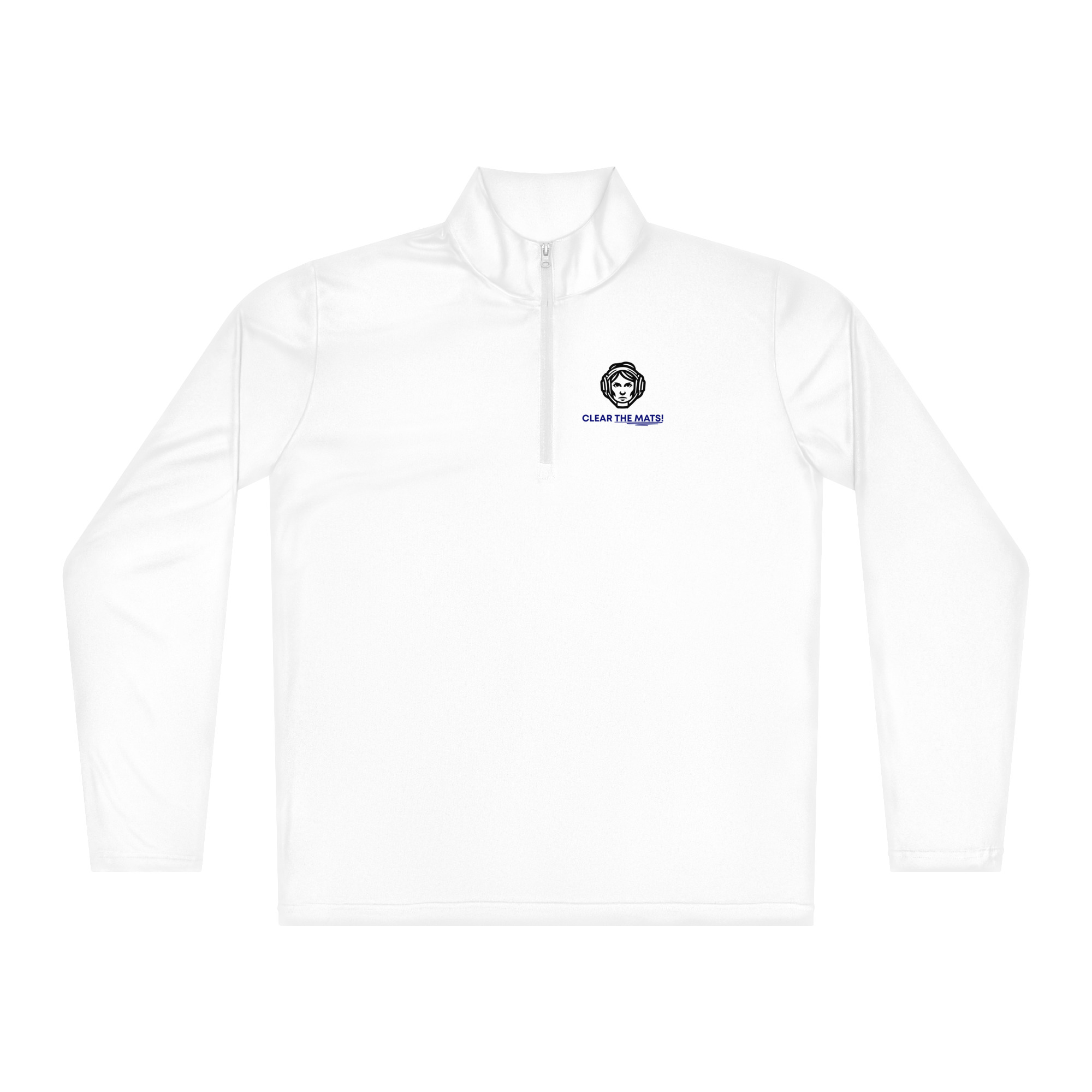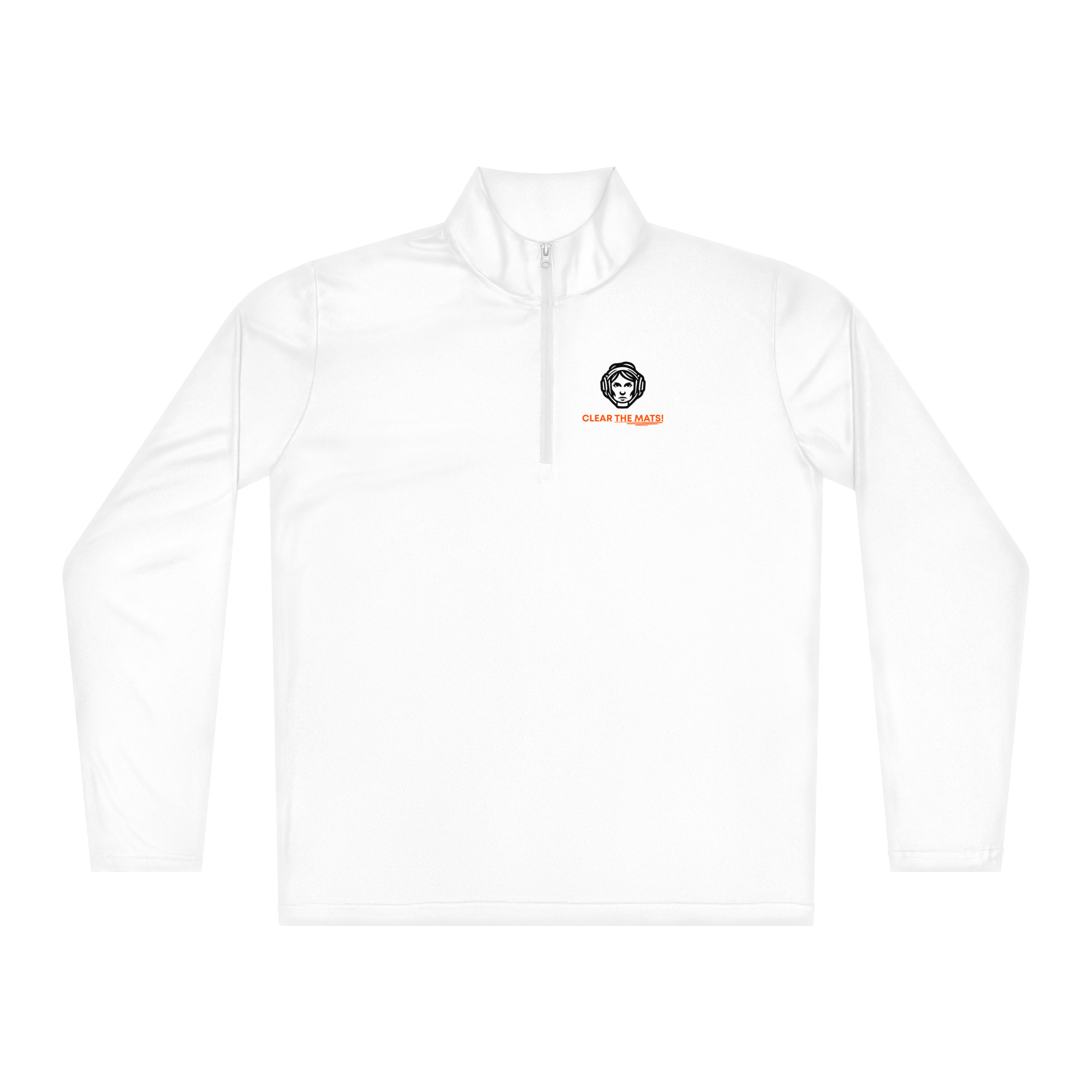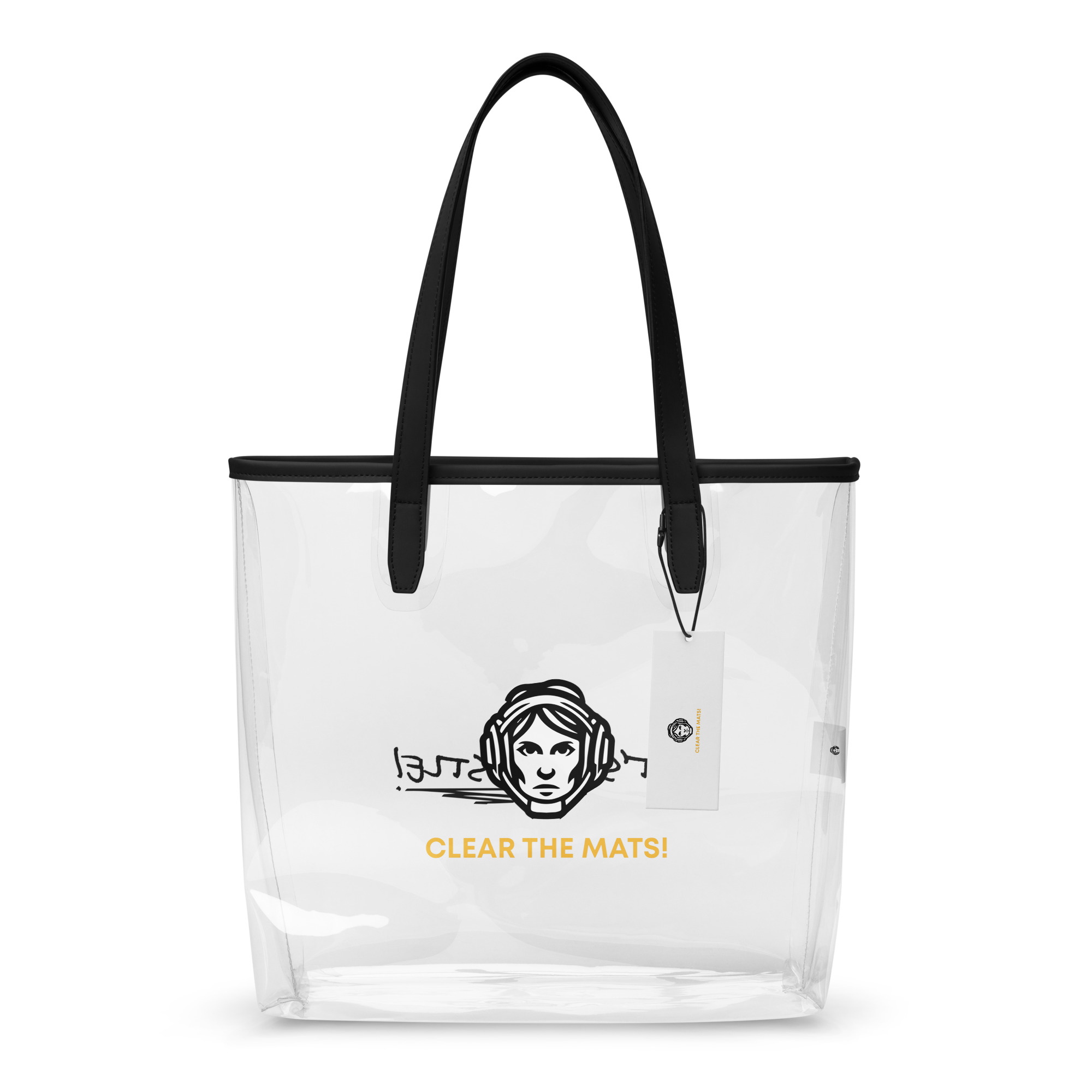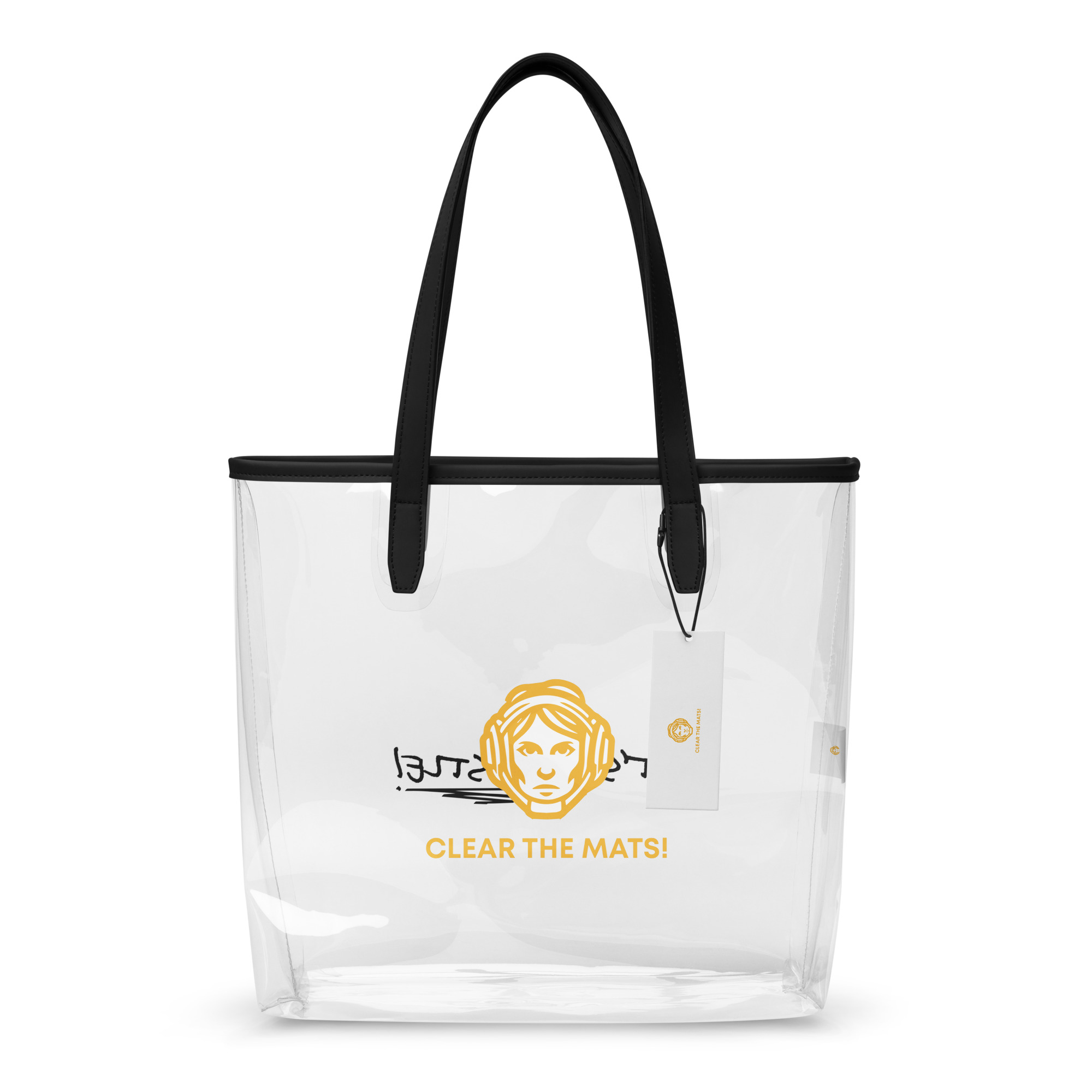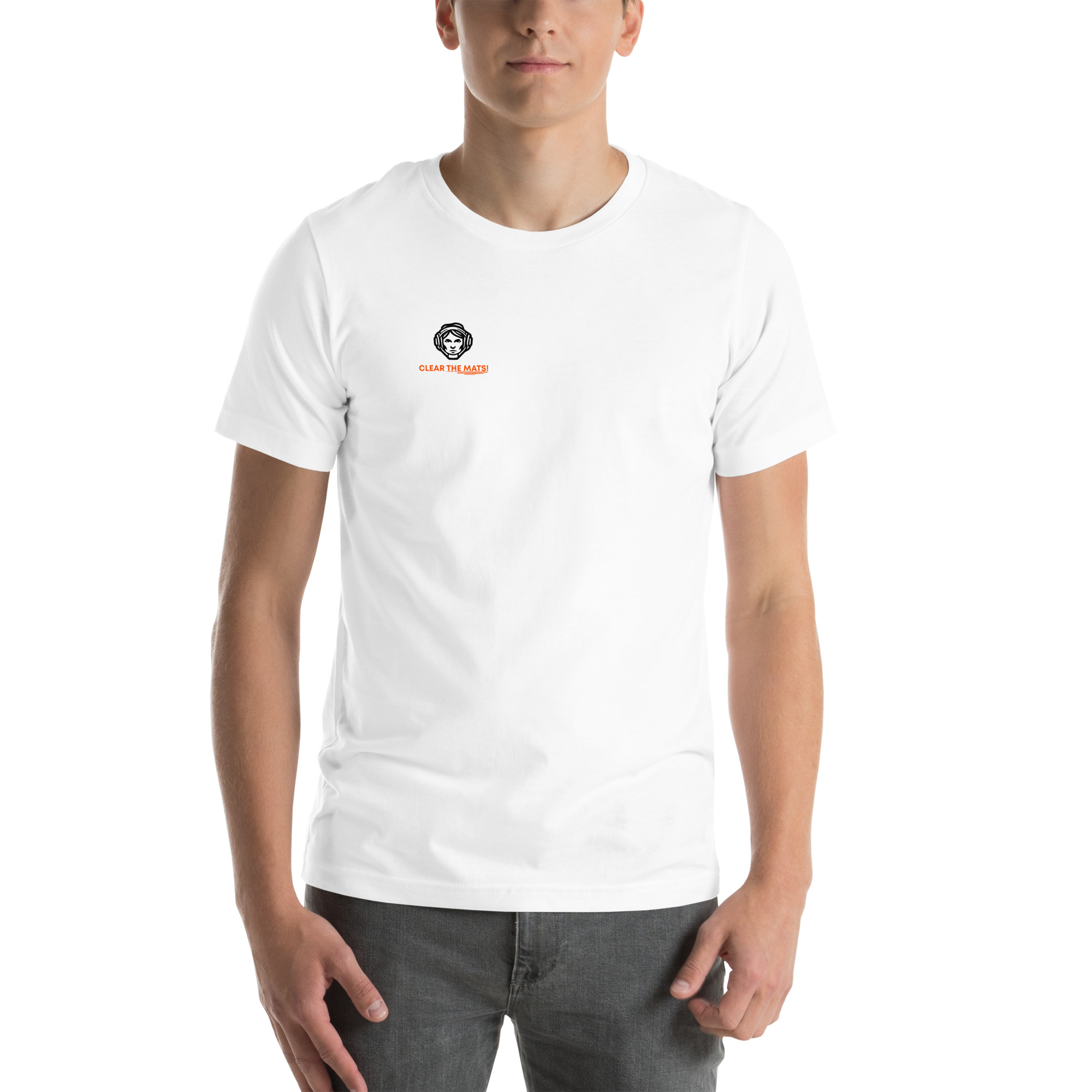Tips For New Wrestling Parents: Everything About Singlets, Shoes, and Sizing for Beginners
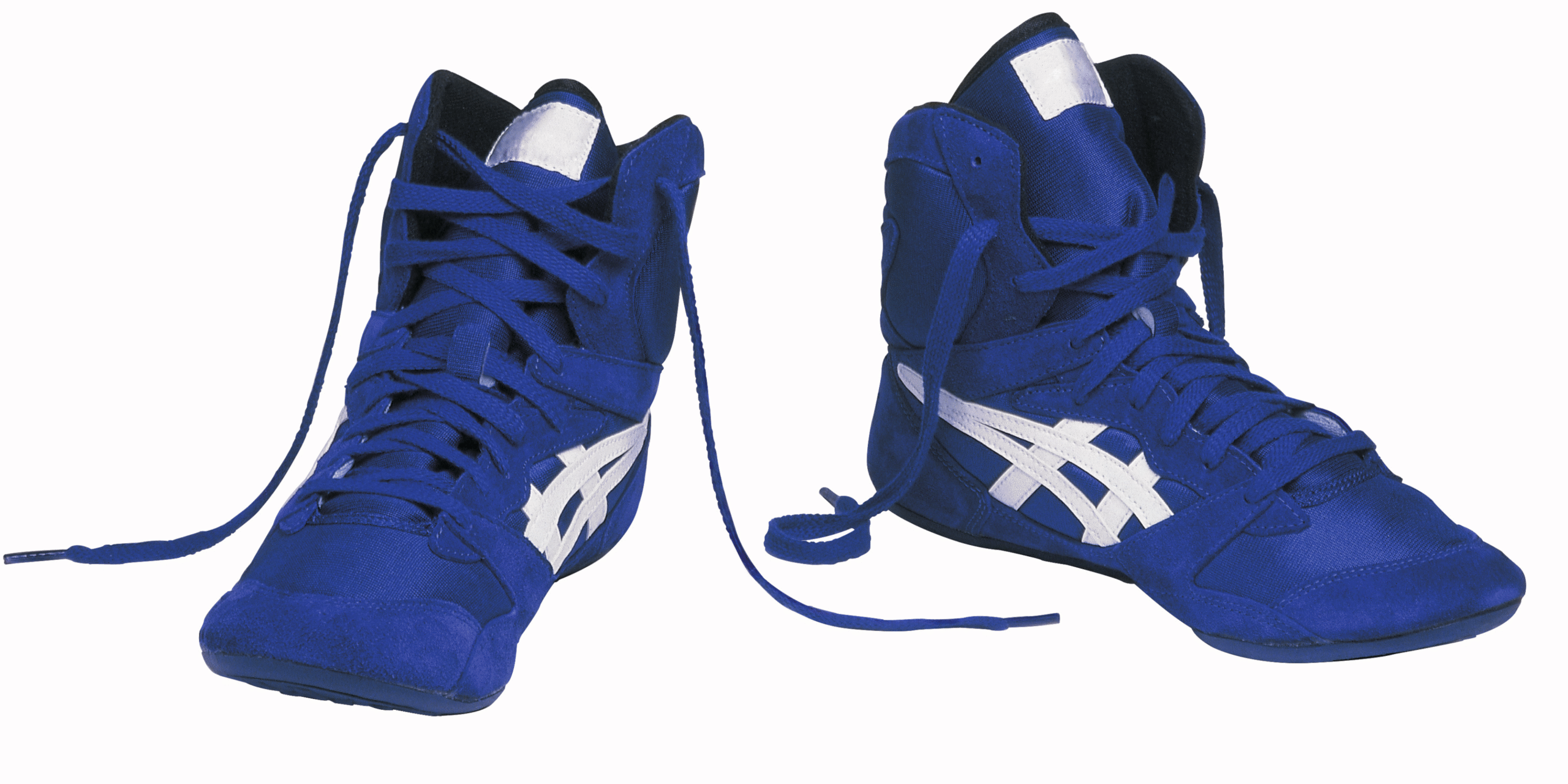
October 3, 2025
Tips For New Wrestling Parents: Everything About Singlets, Shoes, and Sizing for Beginners
It’s wonderful to start youth wrestling, but it may also feel like learning a new language. There is a lot to learn, from knowing the difference between a pin and a near fall to getting through your first tournament.
It’s challenging for parents who are new to the sport to learn. Wrestling is very individual, unlike team sports where everyone works together. Your child will need to be strong, disciplined, and committed, and you will need to help them with logistics.
This ultimate guide talks about the three biggest problems that practically every first-year wrestling parent has to deal with: gear, health, and getting things done. By understanding these fundamentals, you can ensure that your child wrestler is in good health, equipped with the necessary equipment, and focused on the mat.
Part 1: Gear and the Great Singlet Mystery
Wrestling doesn’t need a lot of gear, but the gear your child does need is quite particular and can’t be changed. The competition outfit is at the top of the list for things that confuse people.
Wrestling Singlet Sizing for Beginners
The singlet is the one-piece outfit that athletes wear during competitions, and it is very important that it fits well so that they are comfortable and can perform well. It is also the number one thing that makes new parents angry about gear because the sizing guides are often wrong.Don’t worry about your child’s shirt size. Wrestling singlets are made to fit snugly and are fitted according to weight class and height. The uniform can’t be too loose, because an opponent can easily grasp loose cloth (and sometimes gets in trouble for it).
Here is a simplified guide to the sizing mindset:
- Focus on Weight First: Most youth singlets are sized in ranges like YS (Youth Small), YM, YL, AS (Adult Small), etc. These categories correspond to specific weight ranges (e.g., 50–65 lbs, 65–85 lbs). Always use the manufacturer’s weight chart as your primary reference.
- The Snug Test: A properly fitting singlet should feel tight, almost like compression wear, but should not restrict movement in the shoulders or legs. If you can easily pinch an inch or two of fabric on the torso, it’s probably too big.
- When in Doubt, Size Down: If your child is on the border between two sizes, most veteran parents will advise you to size down. The singlet will stretch slightly and a snug fit is preferred over a loose fit. A too-large singlet will bunch up and ride down on the shoulders during a match.
- Material Matters: Look for a stretchy, moisture-wicking blend of nylon or Lycra. This material allows for maximum mobility.
Essential Non-Singlet Gear
- Wrestling shoes: Are lace-up shoes that don’t leave marks and have a lot of grip. They are made just for the mat. They are essential for grip and stability for the ankles. They must only be worn on the mat and never outdoors or in the bathroom, as their design prevents them from tracking dirt and germs onto the wrestling surface.
- Headgear: Required for most youth wrestling. It keeps the ears from rubbing against something that could change their shape permanently (called “cauliflower ear”). Make sure the helmet fits snugly and doesn’t slide when your youngster turns their head quickly.
- Clothes for practice: Athletic clothes that are loose and comfy, such as T-shirts, shorts, and sweatpants, that can be laundered every day after practice.
Part 2: Health and Youth Wrestling Skin Infection Prevention
Wrestling is a highly safe sport when it comes to serious injuries, but it has a unique challenge: keeping your skin healthy. Bacteria and fungi love the warm, sweaty atmosphere of the mat. To keep their child (and the whole team) healthy, new parents need to be cautious about preventing skin infections in youth wrestling.
Common wrestling skin conditions include:
- Ringworm (Tinea Corporis): A fungal infection that appears as a circular, red, scaly rash. Highly contagious.
- Impetigo: A bacterial infection that causes red sores or blisters, often around the nose and mouth.
- Staph/MRSA: A more serious bacterial infection that can look like a spider bite, painful pimple, or boil. Requires immediate medical attention.
The Critical 5-Step Hygiene Protocol
- Immediate Post-Practice Shower: This is the most important step. Your child must shower immediately after every practice and every match—the sooner the better.
- Use Medicated Soap: Use an antimicrobial or antifungal soap designed for athletes. This specialty soap helps kill germs the moment they land on the skin. Ensure the soap is applied and left on the skin for at least 30–60 seconds before rinsing.
- Perform Daily Skin Checks: Routinely check your child’s skin (torso, arms, head, neck) for any unusual spots, bumps, or rashes. Look for anything that doesn’t look like a standard scratch or bruise. Early detection is key to preventing spread.
- Isolate and See a Doctor: If you find any suspicious spot, immediately contact a physician, a dermatologist, or your coach. Keep your child off the mat until a doctor clears them, even if it looks minor. A clean mat environment relies on all parents doing their part.
- Wash EVERYTHING: All practice gear, singlets, towels, and headgear covers must be washed after every single use. Never let gear sit sweaty in a bag. Use hot water and standard laundry detergent.
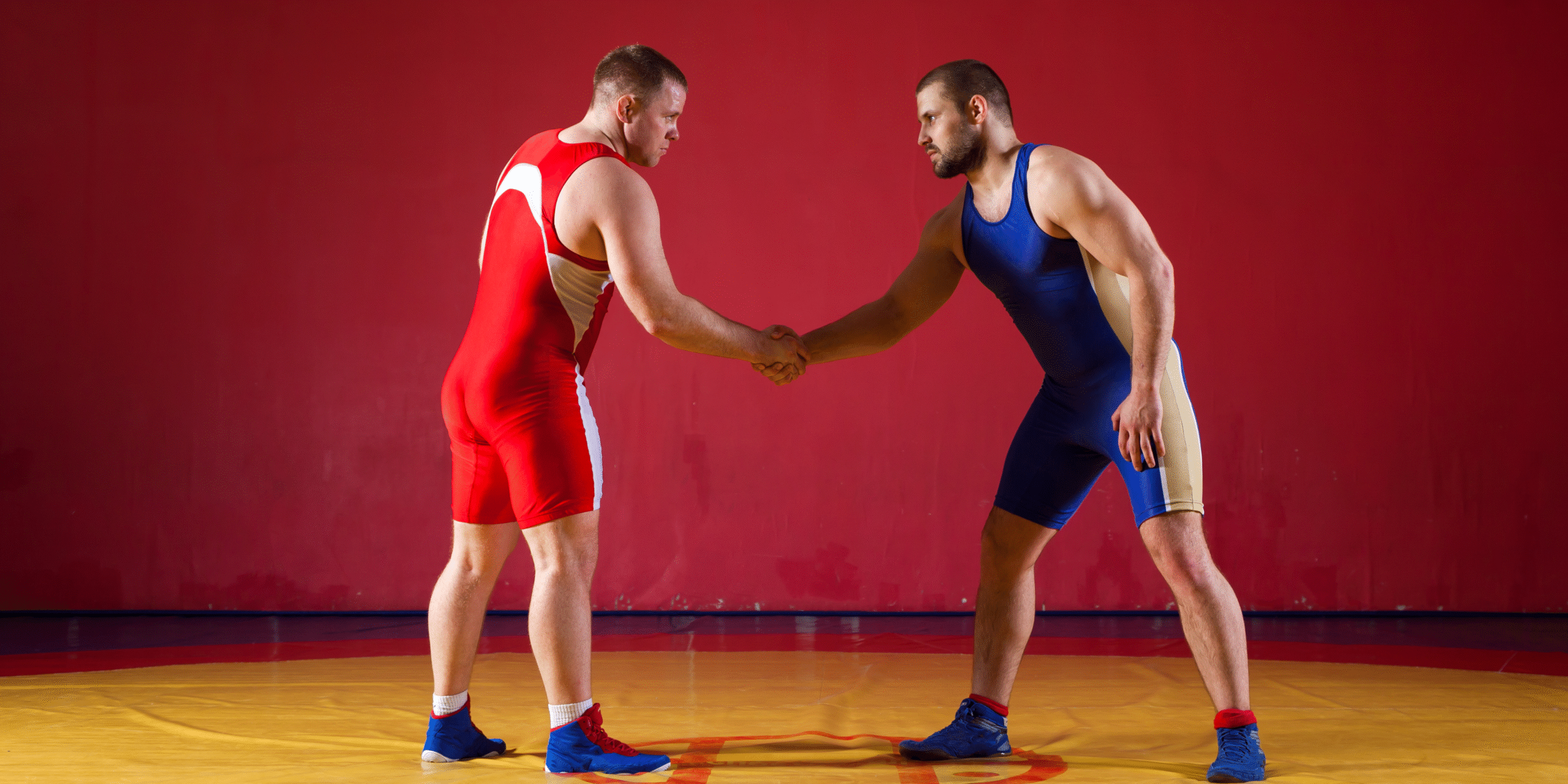
Part 3: Mastering Tournament Logistics
The weekly practice routine is simple, but the first time you attend a tournament, it can feel chaotic. These events can last all day, involve long waits, and require precision in preparation.
What to Pack for a Youth Wrestling Tournament
A well-packed bag is the secret weapon of an experienced wrestling parent. Tournaments are not always held in state-of-the-art facilities; sometimes you’re in a crowded school gymnasium for 8-10 hours. Preparation is survival.
Here is your essential tournament checklist:
1. Gear and Hygiene Kit
- Singlet: Required for competition.
- Wrestling Shoes and Headgear: Double-check these are in the bag!
- Warm-Up/Practice Clothes: A T-shirt and shorts for wearing between matches.
- Antimicrobial Wipes: To quickly wipe down hands and exposed skin immediately after a match, before the full shower.
- Towel: A clean, dry towel.
- Flip-Flops or Slides: Crucial for walking off the mat and into the bathroom/concession area without contaminating their wrestling shoes or bare feet.
2. Fuel and Hydration
- Water Bottles (Plenty!): Hydration is continuous throughout the day, not just during matches. Pack at least two large reusable bottles.
- Healthy Snacks: Avoid sugary, high-fat foods that cause energy crashes. Focus on sustained energy:
- Bananas, apples, grapes
- Protein bars/granola bars
- Trail mix (nuts and dried fruit)
- Sandwiches (turkey/peanut butter and jelly)
3. Parent/Logistical Survival Kit
- Cash: For admission fees and concessions (some small tournaments don’t take cards).
- Comfortable Seating: Portable folding chairs are a lifesaver, as gym bleachers become very uncomfortable after a few hours.
- Entertainment: Books, cards, or a tablet (with headphones) for the long periods of waiting between matches.
- Pen and Paper: To track brackets and match numbers.
What Parents Should Do During the Match
Your role is easy once your wrestler gets on the mat: Don’t be the second coach; be the biggest fan.
- Believe in the Coach: The coach has spent a lot of time teaching your child and understands just what to do throughout the game. If you yell directions, it will confuse and distract your child, making them ignore what the coach says.
- Be Positive with Your Voice: Only say things like “Keep working!” “You got this!” and “Good job!”
- Put your mind on effort: After a game, talk about what they learned, how hard they worked, and how committed they are to the sport. Don’t think about the score. “Why didn’t you try to escape?” is never as positive as “I’m so proud of how hard you worked for those six minutes.”
Wrestling is a sport that requires mental strength, personal responsibility, and determination. You provide your child the tools they need to focus on what matters most: getting stronger, both on and off the mat, by taking care of the logistics, gear, and cleanliness.
Welcome to the wrestling family! It’s hard work, but it’s worth it.
You may also want to read at Wrestler Mom
